Spray Foam Insulation In Attic Rafters
Spray foam insulation in attic rafters. This spray foam is applied as a low or high-pressure two-component polyurethane spray foam that can be applied onto walls in unvented attics to ducts and ceilings and in vented attics and crawl spaces. Technically known as Spray Polyurethane Foam or SPF spray foam is most commonly applied in the space between attic rafters. It stops all air and moisture from coming in through the roof.
Better materials for attic roof insulation are rigid foam boards and spray foam insulation. List of the Pros of Spray Foam Attic Insulation 1. But a common reason to put spray foam on the roofline is to avoid having to air-seal the attic floor.
Homeowners on the other hand have a number of vital questions about various insulation solutions for their homes before making that initial investment. The main concern with spray foam insulation and shingle warranty is proper attic ventilation. The first step to the proper insulation of spray foam in an attic is to seal off the building envelope by insulating the top of the house.
The foam was applied five inches thick directly to the plywood and between the rafters. Thus the air in the attic. In a traditional vented attic insulation is used on the attic floor to insulate the ceiling from the seasonal heat andor cold.
We explain why the Cape Cod. Spray Foam Attic Rafters. It can act as an air and moisture barrier in addition to providing very high R-value.
Learn more about this topic on this episode of Foam University. An attic that is properly vented has 50 intake of fresh air and 50 exhaust of the hot air. The rafters were not covered.
It can be messy and hard to decorate over. As well as not being able to provide an air-tight seal traditional insulation types such as particle based fibreglass can lead to health issues such as respiratory ailments due to the inhalation of particles.
The main concern with spray foam insulation and shingle warranty is proper attic ventilation.
As Dana said if you have HVAC equipment in your attic the insulation should follow the sloped roofline. Insulating Unvented Attics With Spray Foam Figure 1Spray foam is a good choice for roofs that are difficult to vent like a turret with converging rafters left or a flat roof with its rafters. The first big pro to insulating the attic floor over the. List of the Pros of Spray Foam Attic Insulation 1. It can act as an air and moisture barrier in addition to providing very high R-value. It can be messy and hard to decorate over. Is it better to put spray foam insulation in your attic rafters or floor. Most people do not realize the requirements for proper venting of an attic. For more information see Creating a Conditioned Attic If you decide for whatever reason to insulate the attic floor you dont need spray foam.
Low-Density Spray Foam. This spray foam is applied as a low or high-pressure two-component polyurethane spray foam that can be applied onto walls in unvented attics to ducts and ceilings and in vented attics and crawl spaces. I live in southeast Texas where the average summer highs can reach 95 degrees with 80-90 humidity. This edition of Inside Lighthouse takes you through the multi-day attic conversion of a Cape Cod style home. There are several reasons why this is more efficient. Those vents were also an inevitable loss of energy however as heat or cooled air would rise and eventually get sucked out through the lower R-value of attic floor insulation. When spray foam insulation is applied to your attic then you will create a fast seal thanks to the expansive nature of this product.
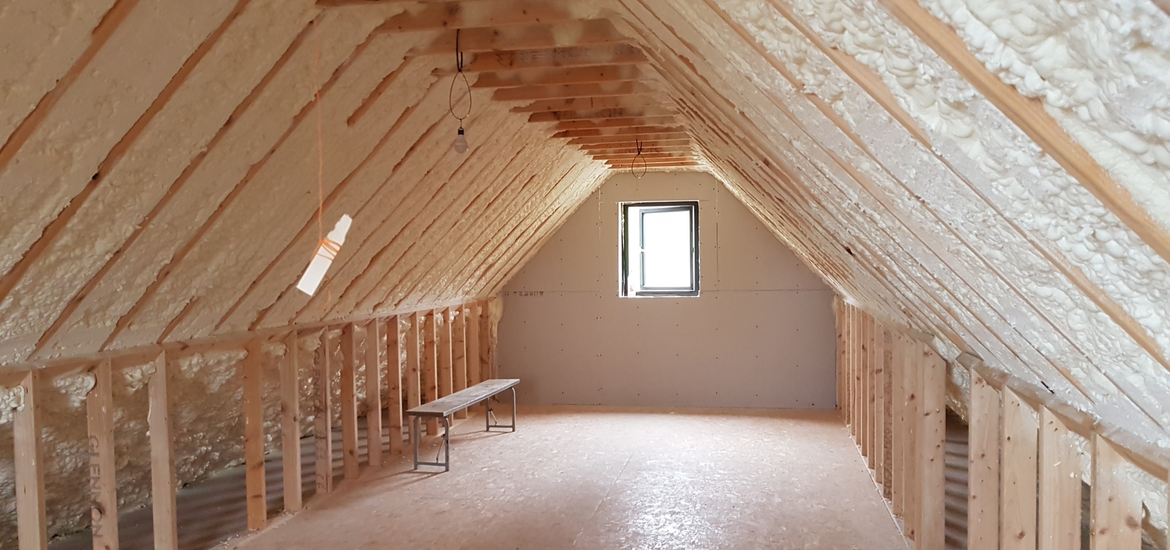













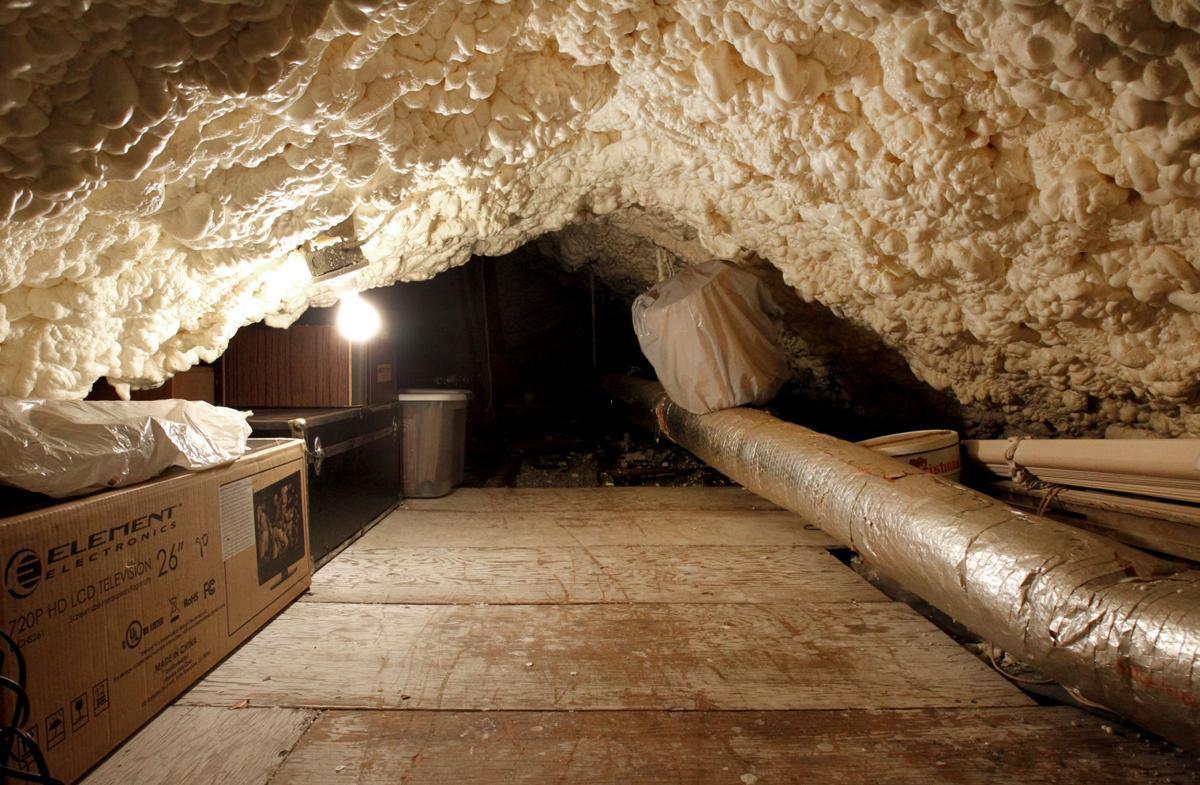

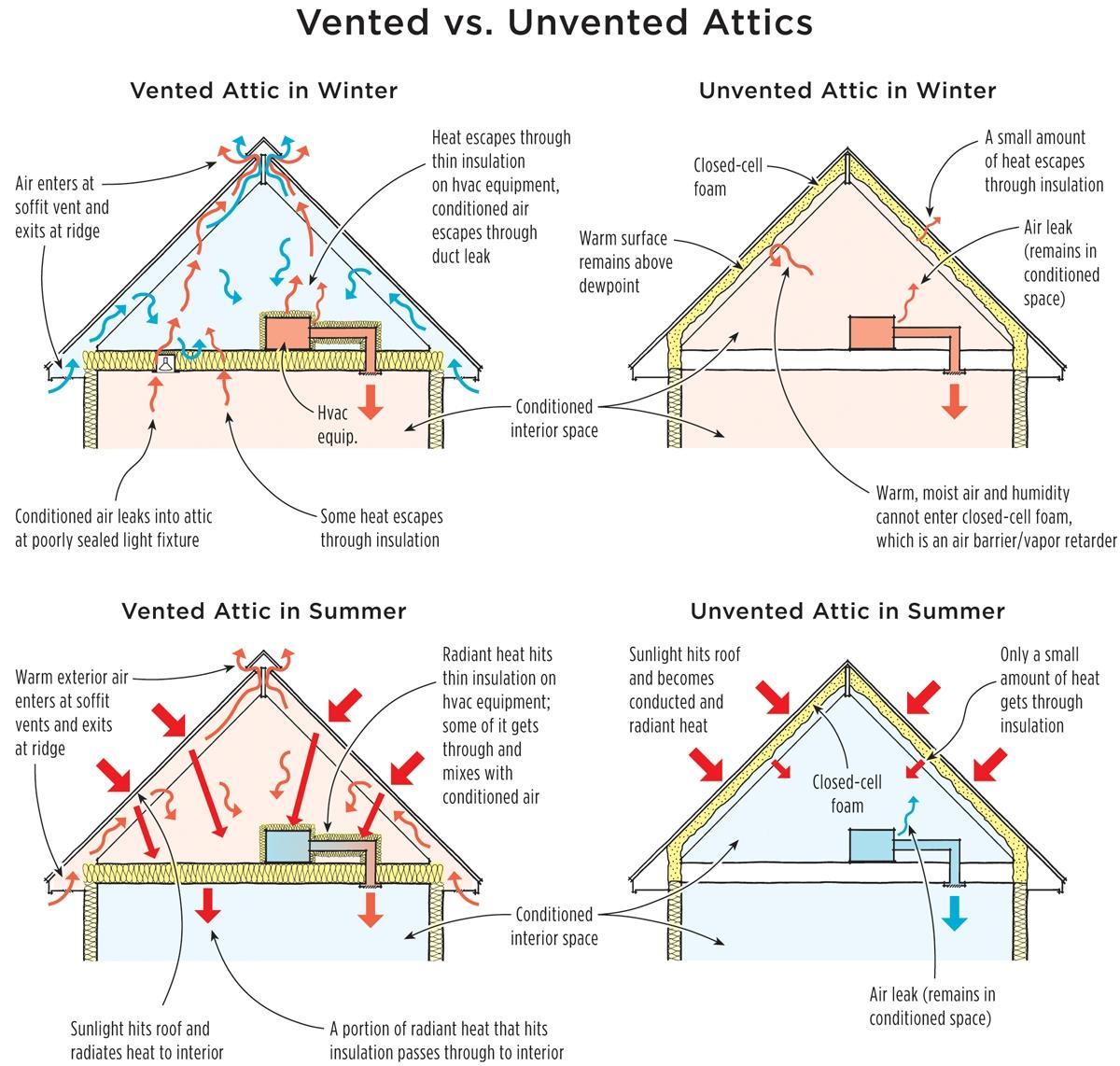



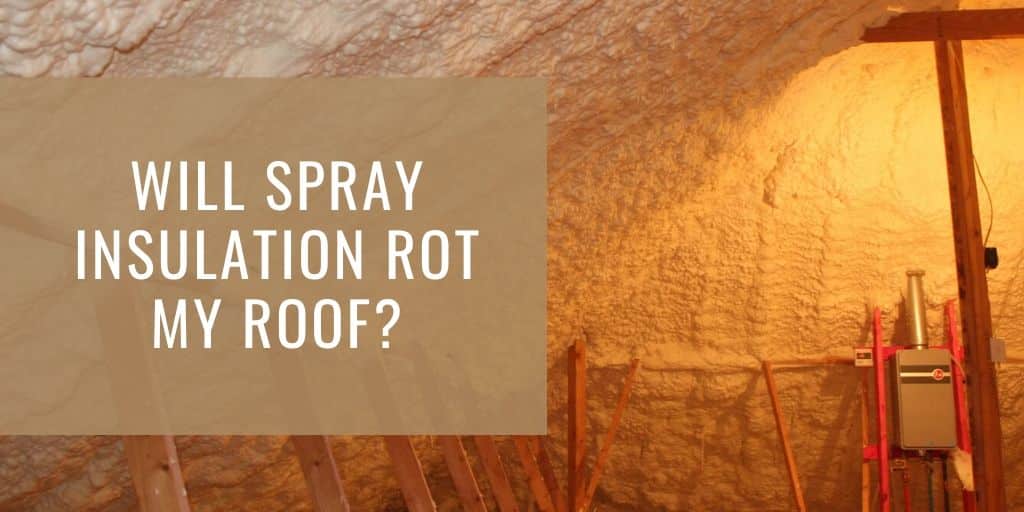
/cdn.vox-cdn.com/uploads/chorus_image/image/66352119/Attic_iStock_174634023.7.jpg)







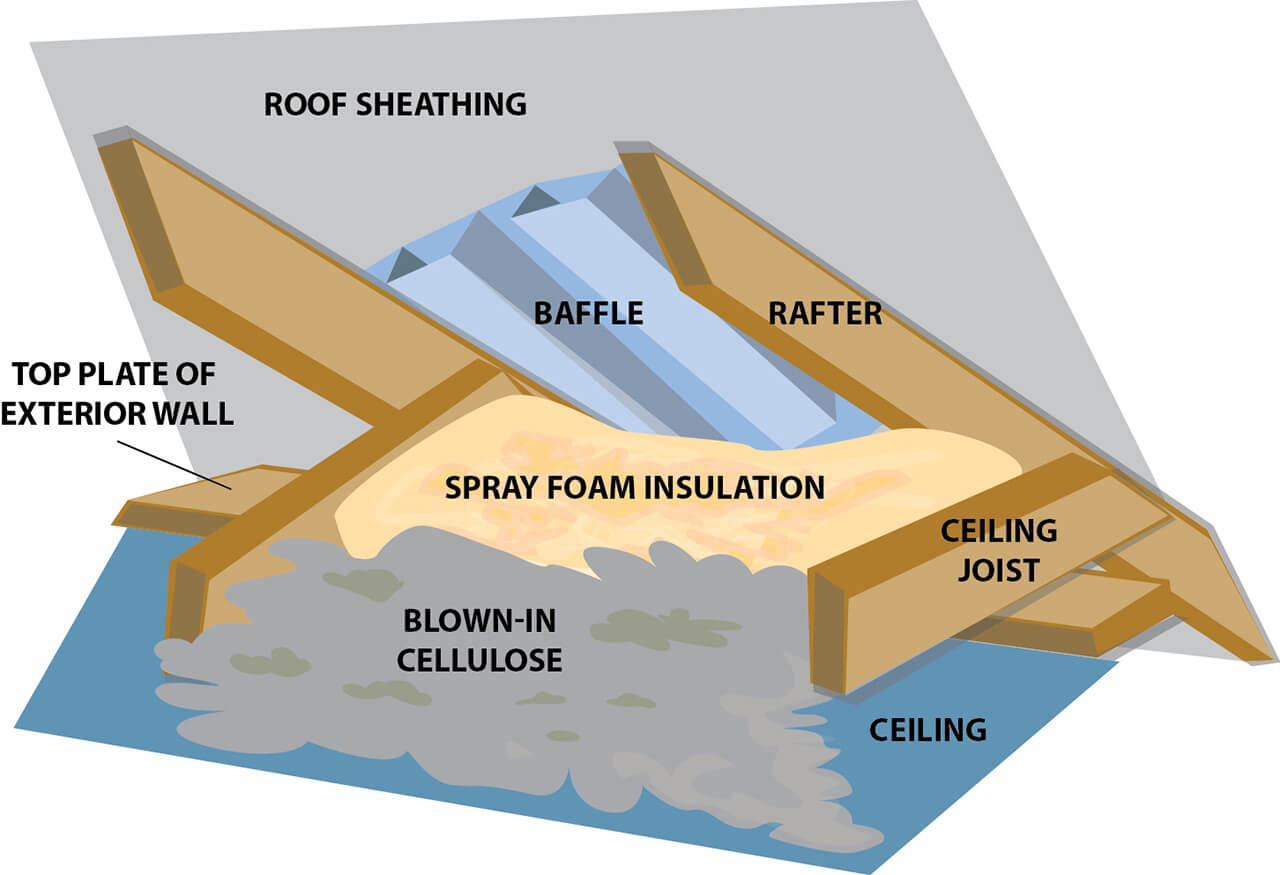


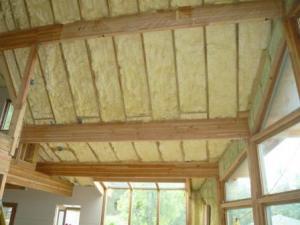

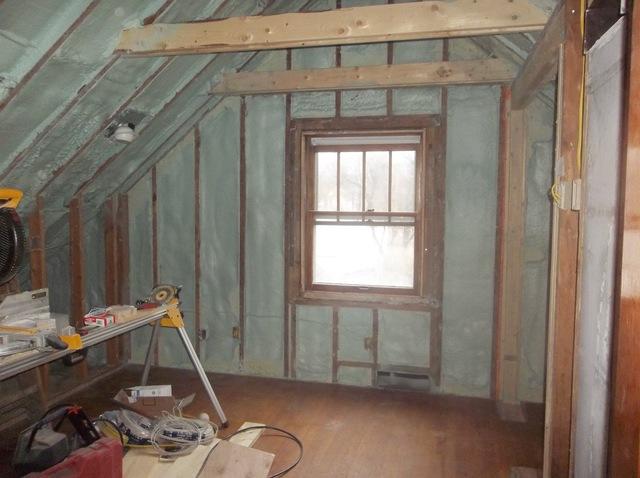
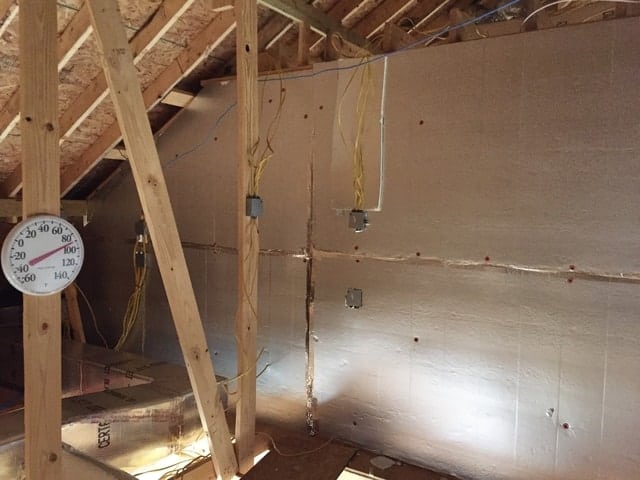
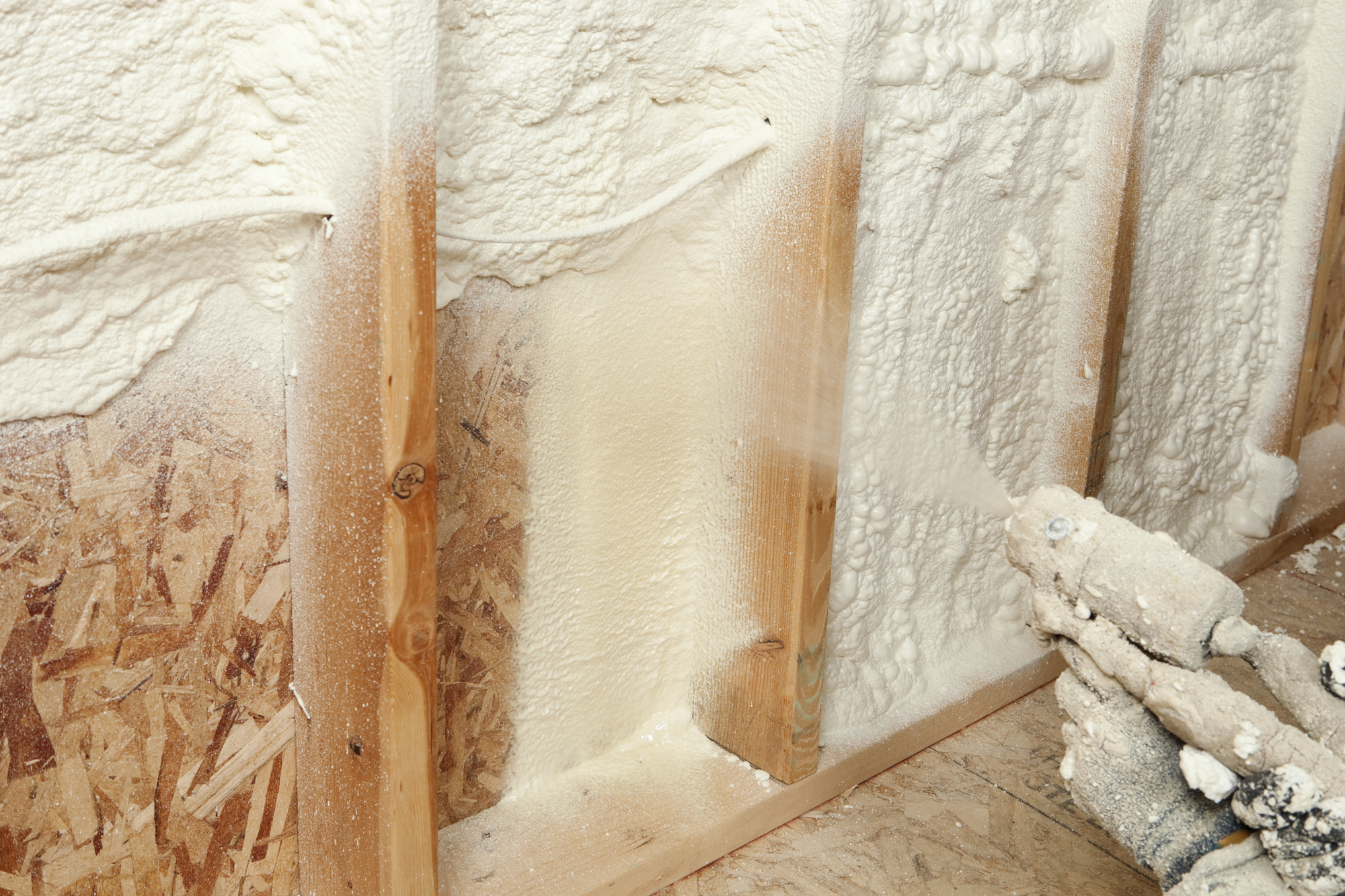


/cdn.vox-cdn.com/uploads/chorus_asset/file/19518627/07_attic_2015.jpg)

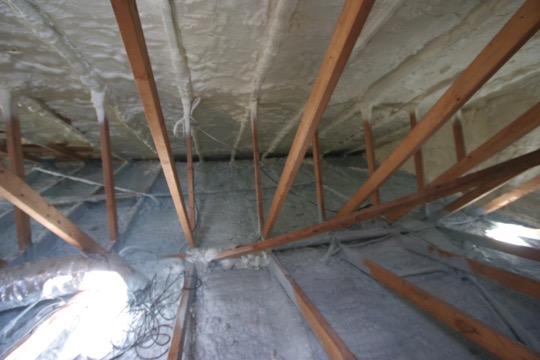


Posting Komentar untuk "Spray Foam Insulation In Attic Rafters"